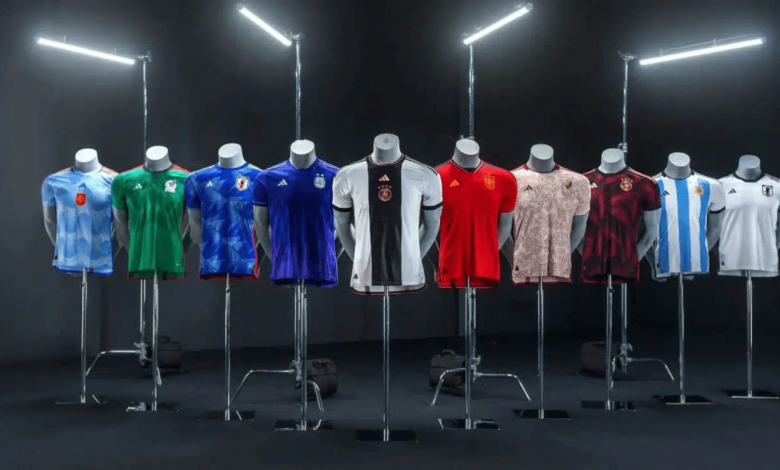The Evolution of Football Kits: How Design Reflects the Game’s Changing Culture

Football shirts are a necessity. They’re a means of distinguishing one team from another, and in this sense they’re almost as old as the game itself. Over the years, however, particular colours and crests have come to be associated with particular clubs – and replica kits, which are refreshed on an annual basis, are now a massive part of the business.
Beyond their practical purpose, football kits are an expression of tribal loyalty, culture and identity. But exactly how did the modern football kit come to be, and how does it reflect the culture of the game?
A Journey Through Football Kit History
The earliest football shirts were rudimentary. To begin with, association football players simply wore whatever clothing was available – and coloured hats and sashes were used to tell one player from another. It wasn’t until the founding of the Football Association in 1863 that some standardisation emerged. By the time that players had become professionals, the kits were provided by the clubs themselves.
By the turn of the century, shorts were a feature of the kit. Then, in the 20s, numbered shirts were brought in – although they were not used in significant matches until the 1933 FA Cup Final.
In more recent times, clubs have used their kits to signal their individual qualities. The logos of club sponsors and sportswear manufacturers began to feature, along with distinctive features like the three stripes of Adidas.
Innovation in Football Kit Materials
A good football kit should be able to perform well, as well as convey the identity of the team. Sustainable fabrics are often employed, with recycled plastic often featuring extensively. Shirts should be able to stretch, to a degree, as well as wick up sweat. They should be lightweight, and generally easy to forget during the flow of a game.
The Role of Design in Fan Connection
Deviations from the traditional colours of a club can be disastrous. Arsenal fans are notoriously prickly whenever a manufacturer decides to make tweaks to the iconic white sleeves. Perhaps the most egregious example, however, comes from Cardiff City, which changed from a blue shirt to a red one in 2012. The decision was reversed after three years, and a sustained campaign from unhappy fans.
The Global Appeal of Replica Kits
Certain shirts are iconic because of the players who wore them at significant moments. They might be appreciated by a broader audience of collectors, who might seek shirts from many different teams. Given the unprecedented popularity of the sport, it seems unlikely that the demand for these shirts will dissipate any time soon.




